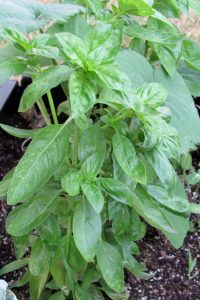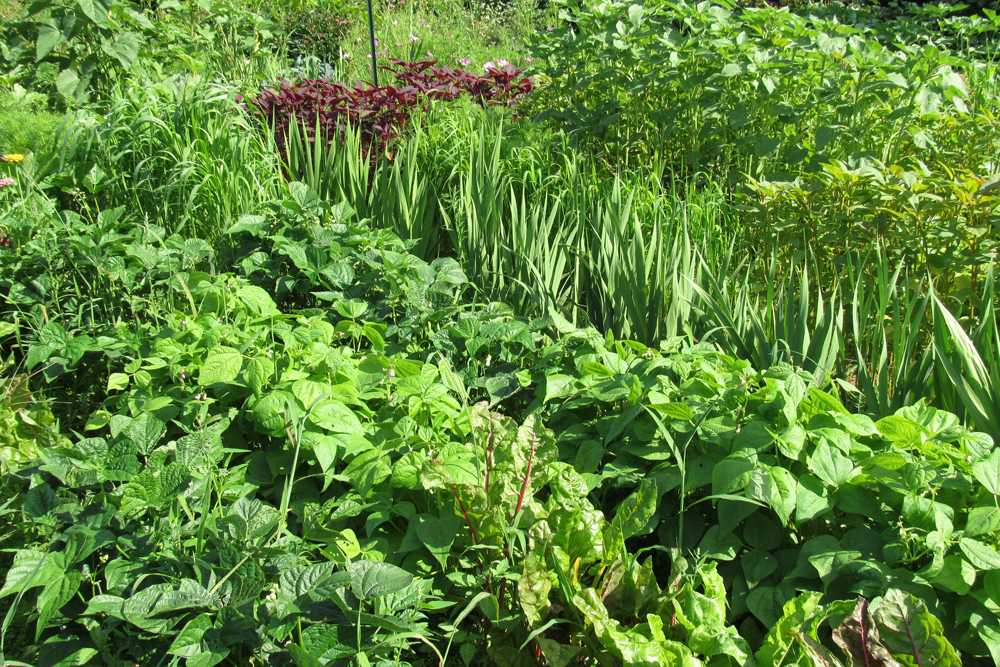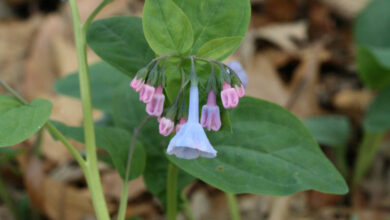Planting times
May is here and it is time to start planting your vegetable garden, but remember, certain conditions must be present for the greatest chance of success.
Once again, we have had a wide-range of spring weather conditions – from fleeting warmth, to high winds, hail, heavy rain and even some wet snow. One of the most important considerations before planting is whether your garden soil is ready.

If you start working the soil and it sticks to your shoes or garden tools, it is too wet for planting. Take a small amount of soil and press it in your hand. If it stays molded in a ball, you need to wait for conditions to dry out. If it crumbles and breaks into small clumps, you are ready to plant.
Rake the area you have cleared and tilled or spaded for planting. A firm, fine seedbed is best for small-seeded crops, but be careful not to compact the soil which can promote the crusting of the surface and damage emerging seedlings.
Be aware of your last average frost date … we are past that now in mid-May, but frosts or even hard freezes can’t really be ruled-out until after Memorial Day. Vegetables and herbs that need warm air and soil conditions are better planted after June 1. Those include basil, cucumber, muskmelon, pumpkins, summer and winter squashes and watermelon.
Cornell Cooperative Extension advises that crops like beans, eggplant, peppers, potatoes, sweet corn and tomatoes can be planted earlier, but again, late frosts or freezes can kill transplants and keep seeds from germinating. Holding off on planting these crops can often be helpful.
Many vegetable crops, however, like the cool conditions and are ready to plant as soon as your soil has dried out. Those include broccoli, beets, Brussels sprouts, cabbage, carrots, cauliflower, kale, kohlrabi, leeks, lettuce, onions, parsley, peas, radish, Swiss chard, spinach, turnips and rutabagas.
Raised beds and large planters are popular right now and are very helpful for early crops as they improve drainage and facilitate ease of planting – whether from seed or transplant.
As you prepare to transplant the vegetables you have grown inside from seed or purchased from the garden center, University of Minnesota Extension recommends picking a time in the late afternoon or a cool, cloudy, calm day. This is good advice whenever you plant – whether it’s bare root, transplants or even larger shrubs and trees.
Water plants well before you transplant and loosen the roots of the rootball gently. You may place plants in peat pots directly into the garden, but make sure the top edge of the pot is below the soil surface or moisture will be wicked away from the root ball and stress the plant.
If you are intent in getting crops like tomatoes out there early, protect them with purchased and home-made hot caps. Once temperatures become warm, remove the caps during the day.
If you are planting summer blooming non-hardy bulbs like dahlias, colocasia (elephant ears) or gladiolas, it is probably best to wait until all threat of frost has passed. These plants are not cold tolerant and like warm soil conditions to grow.





